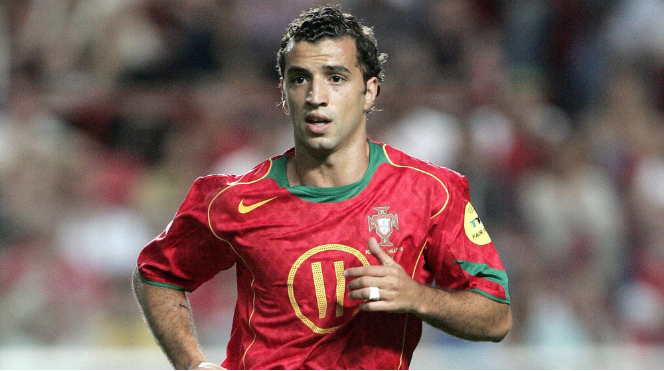The battle for Mosul: What we know
Iraq launched a broad offensive to retake Mosul from the Islamic State group almost two weeks ago. Here is what we know so far about the country’s biggest military operation in years:
Which Iraqi forces are involved?
Iraq’s Counter-Terrorism Service and Rapid Response Division — its two most elite special forces units — are fighting alongside the army, federal and local police and Kurdish regional peshmerga forces.
The Hashed al-Shaabi — an umbrella organisation for pro-government paramilitary forces that is dominated by Iran-backed Shiite militias but also includes Sunni tribesmen — largely remained on the sidelines in the early days of the operation but has now also entered the fight.
It is a heterogeneous coalition of sometimes-rival forces that have not all operated together before, but they have been tasked with fighting on different fronts, helping to minimise the potential for problems.
Where are they attacking?
The Mosul operation opened with attacks from the north, east and south, while the western approach to the city — which is exposed to IS-held areas between it and Syria — was left open.
Now, the Hashed al-Shaabi have launched an operation aiming to advance from south of Mosul toward the town of Tal Afar — an IS stronghold located between the city and the Syrian border — in an effort to cut jihadist supply lines.
How are the jihadists responding?
With brutality, as they have often done before.
The United Nations said it has received credible reports that IS executed more than 250 people in the Mosul area over two days earlier this week, and has also seized tens of thousands of people for use as human shields against advancing Iraqi forces.
The jihadists have repeatedly targeted attacking Iraqi troops with suicide car bombs, as well as employed artillery and small arms fire.
Outside of the Mosul area, IS has launched several diversionary attacks, including one in the Kurdish-held city of Kirkuk that left dozens dead. The jihadists also struck in Rutba in western Iraq, and the Sinjar area in the country’s north.
There have been conflicting reports of IS movements during the battle, pointing to both withdrawals to neighbouring Syria and the deployment of reinforcements to Iraq.
The United States says the battle has taken a heavy toll on IS forces, with up to 900 killed in the first week and a half of the operation.
How are civilians affected?
As Iraqi forces approach, thousands of civilians have been fleeing IS-held areas to escape both jihadist rule and impending fighting.
The International Organisation for Migration said Saturday that 17,520 people have been displaced since the beginning of the operation, but that figure is expected to increase dramatically as Iraqi forces close in on Mosul.
According to the UN, up to a million people could be displaced by the battle for the city — a major problem given that existing, under-construction and planned camps can only house around half that number.
Displacement is especially difficult for rural farming communities, whose wealth lies in fields and livestock that they cannot take to camps.
The situation for displaced Iraqis will get even more difficult as winter rains and colder weather set in.


